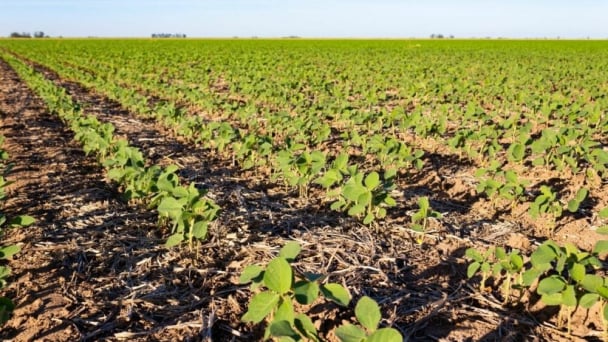May 16, 2025 | 05:05 GMT +7
May 16, 2025 | 05:05 GMT +7
Hotline: 0913.378.918
May 16, 2025 | 05:05 GMT +7
Hotline: 0913.378.918

The New Shepard spacecraft took off in West Texas at 8:30 a.m. on April 14 (local time). Photo: Blue Origin.
In recent hours, global media have turned their attention to the launch of the New Shepard spacecraft from the Van Horn launch pad in Texas, USA. This special flight carried the first all-female crew into space, marking a significant milestone in aerospace history.
The televised mission took the astronauts to a maximum altitude of approximately 105 kilometers, where they experienced weightlessness for several minutes, marveling at the Earth’s curve and the immensity of space.
Notably, on this journey, Vietnamese-American astronaut Amanda Nguyen brought along 169 lotus seeds (Nelumbo nucifera), provided by the Vietnam National Space Center (VNSC).
Selected from the Center for Research and Development of Flowers and Ornamental Plants (Vietnam Academy of Agricultural Sciences), these lotus seeds will return after their mission, paving the way for research into the effects of space travel on plant growth and contributing to plant science.

Vietnamese-American astronaut Amanda Nguyen expressed her emotions after seeing Earth from space. Photo: Blue Origin.
At 8:30 a.m. local time on April 14, the New Shepard rocket ignited its sole engine at the base, launching the spacecraft from the pad. The rocket swiftly passed through the Max Q phase, when the vehicle endures the greatest aerodynamic stress, marking the moment it travels at high speed through still-dense atmosphere, placing intense pressure on the rocket’s structure.
After clearing Max Q, the rocket engine shut down, and the capsule separated from the booster. The crew continued ascending, entering a brief but thrilling period of zero gravity. During this time, passengers on board could not hide their awe as they glimpsed the moon through the capsule windows.
The booster landed vertically back on Earth and will be reused for future missions. Precisely 10 minutes and 23 seconds after liftoff, the Blue Origin spacecraft landed successfully, concluding a historic flight not only for the aerospace industry but also for international scientific collaboration.
Translated by Quynh Chi

(VAN) Fourth most important food crop in peril as Latin America and Caribbean suffer from slow-onset climate disaster.

(VAN) Shifting market dynamics and the noise around new legislation has propelled Trouw Nutrition’s research around early life nutrition in poultry. Today, it continues to be a key area of research.

(VAN) India is concerned about its food security and the livelihoods of its farmers if more US food imports are allowed.

(VAN) FAO's Director-General emphasises the need to work together to transform agrifood systems.

(VAN) Europe is facing its worst outbreak of foot-and-mouth since the start of the century.

(VAN) The central authorities, in early April, released a 10-year plan for rural vitalization.

(VAN) Viterra marked a significant milestone in its carbon measurement program in Argentina, called Ígaris, reaching 1 million soybean hectares measured.